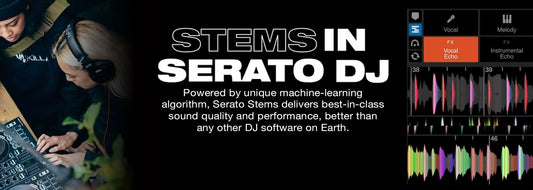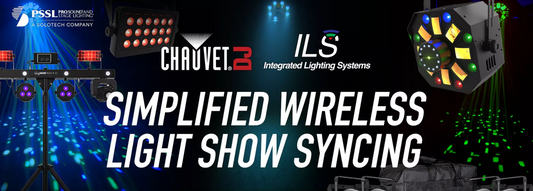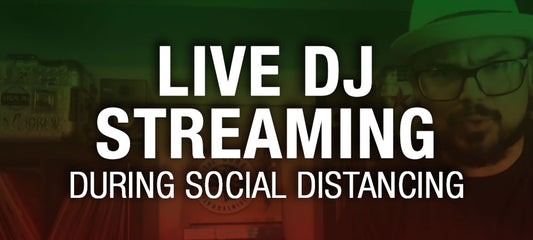If you are into recording in a studio or home studio setting, you are no doubt familiar with both of these microphones. They are no less than foundational when it comes to recording music, and there are some good reasons why.
- Value - both of these microphones represent great entry points into the recording due to their relatively inexpensive price points (both are under $100)
- Legacy - both are products of Shure, which is an industry giant in the realm of microphones, so you know you're getting the best
- Versatility - the fact that these are both dynamic mics (as opposed to ribbons or condensers, more on this later) means that they are capable of handling significant amounts of volume, and this is useful when you're pounding a kick drum or cranking an amp up to the proverbial "11"
So what are the differences between them, and which should you buy when you are starting out? Honestly…either is great. Let me explain. There are differences to be sure.
Firstly, there is the aesthetic look and footprint of each. This is surface-level, but it can make a difference depending on how you plan to use them. If you are looking to mic drum heads, the SM57 might be easier to work with because it has a pencil-style look and can fit into tight nooks and crannies. Secondly, there are differences in the frequency response of each. For example, the SM58 picks up more at 100 Hz than the SM57, and this gives it a slightly fuller response to bass sounds. Conversely, the SM57 peaks in the 6000 Hz range which can accentuate the higher frequency range of what is being recorded. So know the frequency range of what it is you are recording, and check out the full frequency response diagram to see all the differences between the microphones.
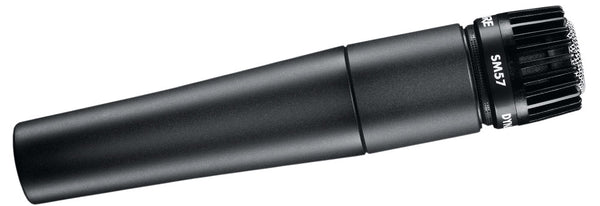
But there are many more similarities than differences, to be honest. Both are dynamic mics, and this means they work by the sound pressure flexing the diaphragm and then allowing it to expand. This style of the microphone is much more durable than a ribbon or condenser. Also, they both pick up in a cardioid (heart-shaped) pattern, this makes them usable for the same types of instruments and vocal recording.
You may be thinking that the SM58 is more of a "vocal" mic and that the SM57 is more of an "instrument" mic. That is really down to how you use them. There are successful bands and vocalists who only use SM57's for vocals, whether it's live or in the tracking process. There are successful engineers who use SM58's on certain instruments because of the way it captures specific frequencies in the range between 6000-8000 Hz, which is an area that is associated with a sound's presence (a quality that helps with definition and intelligibility).
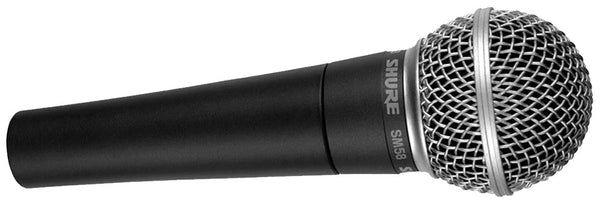
Back to the beginning. I said that either mic is good to use, and I will expand that to say that either is good for vocals or for instruments. There is a popular technique of using both in conjunction, like micing the top of a snare with a 57 and the bottom with a 58. To achieve the snare sound that is right for your project, maybe the inverse of that is the way to go. Or maybe you only need one of them. Or you may want to mic the same vocal or amplifier with both and then mix the signals together in the final product, and that is cool too. The great thing about recording is that there aren't any "right" answers, except for the sounds that are perfect for you and whatever project you are working on. How you achieve those results is completely up to you. So have fun out there, and don't be afraid to mix it up.


